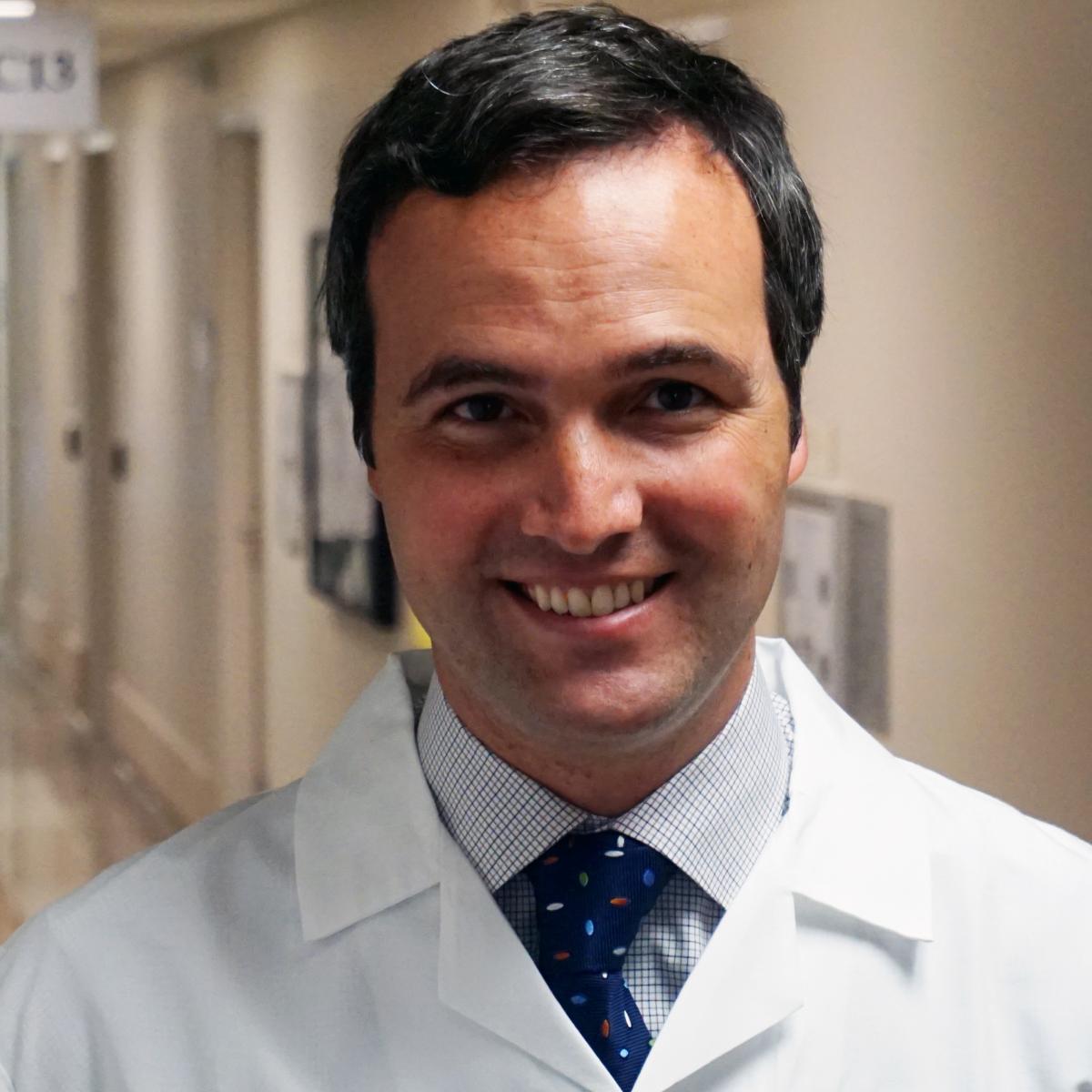 By Robert M. Daly, MD
By Robert M. Daly, MD
Originally published in JOP DAiS; reprinted with permission.
The start of a new year brings with it the promise of change. With the ongoing national shift from volume-based to value-based reimbursement, health care and oncology care have seen this shift ignite innovation that is leading to care transformation. As the landscape for care delivery shifts it is impacting all stakeholders including providers, payers, and most importantly, patients, and will hopefully lead to improvements in the quality of care.
These are five innovations to look for in 2019 in oncology care delivery that hold promise for positively disrupting the way we practice:
1. Predictive analytics and artificial intelligence: Health care institutions and practices are just starting to leverage the richness of their electronic health record data to predict risk. These data driven models could have an impact in many different areas of oncology care including antineoplastic treatment decisions, early symptom identification and management, and identifying those at risk for acute care. However, currently these models are in their early stages and there is a need to better understand how these models impact care, including their unintentional consequences on clinician decision making, and how they can best be integrated into clinical practice. In addition, as third parties enter this space, such as Google and others, understanding how this data is monetized and who benefits from it will be essential decisions that institutions and practices will need to make. The ownership of extracting this data and leveraging it for clinical decision making will be a key competitive advantage for institutions and practices.
2. Patient-reported outcomes, 2.0: At the ASCO Annual Meeting Plenary Session in 2017, Dr. Ethan Basch presented the survival results of his foundational clinical trial evaluating patient self-reporting of symptoms versus standard-of-care symptom management, demonstrating a 5-month improvement in overall survival. These results led many across oncology to believe patient-reported outcomes should become the standard of care in cancer care delivery. However, there has been much advancement in technology since that Plenary Session, including strides in remote monitoring and mobile applications. We saw this at the recent ASCO Annual Meeting, with abstracts on activity trackers and emoji scales. In 2019, we will look to see how these advances can be leveraged to elicit patient-reported outcomes while decreasing the collection burden on patients, caregivers, and providers. How will these remote monitoring technologies evolve (e.g. monitoring of heart rate, blood pressure, temperature, PO intake in the home), how will our workforce evolve to respond to them, and, further, how can this data be stored and interpreted to improve the risk models discussed above?
3. Complex treatment pathways: Anyone who has taken care of patients with cancer on active treatment understands that when symptoms develop they often come in clusters. These patients often do not just have abdominal pain in isolation but also nausea, emesis, diarrhea, dehydration, and fatigue/malaise. Organizations and the private market have developed guidelines and pathways for management of these symptoms but they are typically designed to address a symptom in isolation and fail to recognize the complexity of co-occurring symptoms. There is a clinical need for innovative analytic strategies to identify these clusters as well as targeted interventions to address them. In this vein, the National Cancer Institute has called for clinical decision support systems that address co-occurrence. In the current environment of the Medicare Access and CHIP Reauthorization Act and the Oncology Care Model where resource utilization is being closely measured and followed, institutions and practices are compelled to bridge this gap in symptom management. In 2019, we will look to see how treatment pathways evolve to better address the complexity of the oncology patient’s symptom profile to lead to targeted supportive interventions that reduce unplanned acute care.

4. Tele-oncology enabling care everywhere: Tele-oncology is a rapidly developing field that has the potential to be a major disruptive force in oncology. The applications are diverse including triaging and managing symptoms at home, delivering rural care, and remote second opinions. As these visits gain in sophistication over the coming year, these applications will continue to evolve. The old model of having patients come to the institution or practice for visits will hopefully give way to a new patient-focused model where more care is delivered to the patient where they are. We have already seen this in other specialties, and payers, including the federal government, are very slowly evolving policies to provide reimbursement for these telemedicine interventions.
5. Platforms for information sharing: Along with these changes in care delivery, there has also been an increase in the complexity of cancer care with the dissemination of immunotherapy across disease types and with treatment decision increasingly based on a tumor’s molecular profile. The traditional method of sharing information via journal articles has not kept up with the need of physicians to have access to this information in real time at the point of care, nor does it facilitate the case-based decision making needed by physicians in the clinic. There is a demand for platforms that allow for this immediacy where oncologists can share information and ask questions of their colleagues. We have seen start-ups enter this space, such as TheMednet, and it will be interesting to see how these business models evolve in 2019 and how journals will respond to them.
On the JOP DAiS blog, I will be doing a deeper dive into each of these topics over the coming year. Please respond in the comments below if you think I am missing any big innovation trends in 2019.
Dr. Daly is a medical oncologist who specializes in caring for people with lung cancer. He is also a health services researcher who is interested in innovative cancer care systems that provide high quality, affordable, and sustainable care.


Recent posts